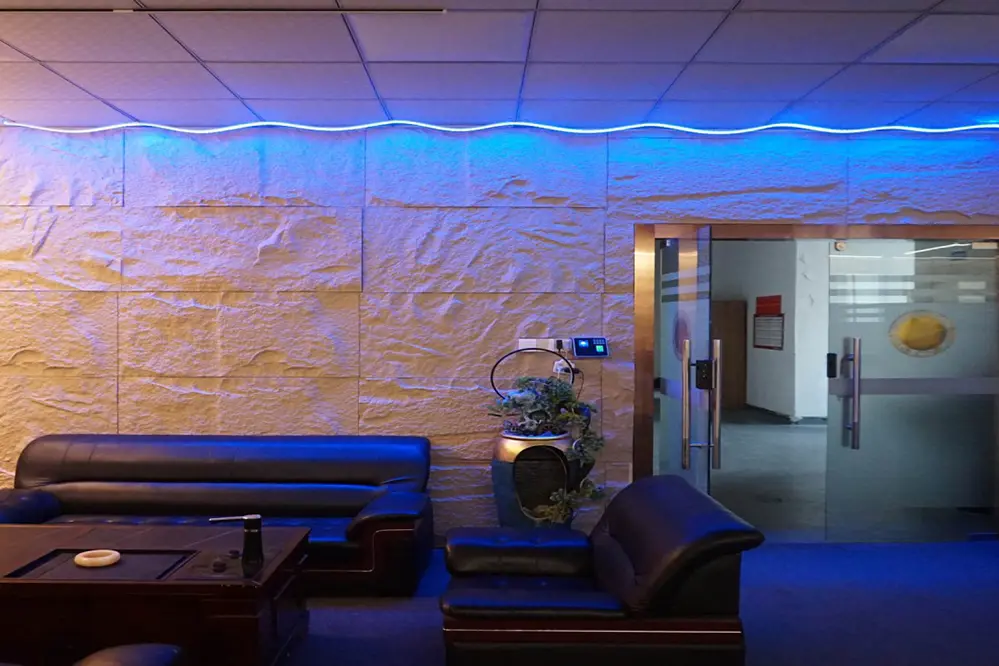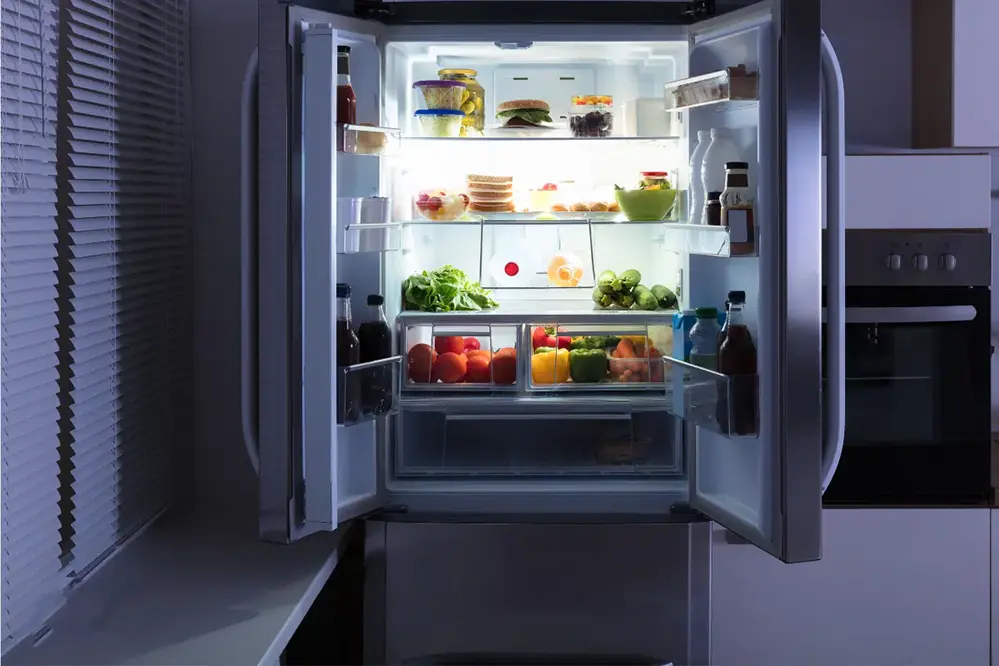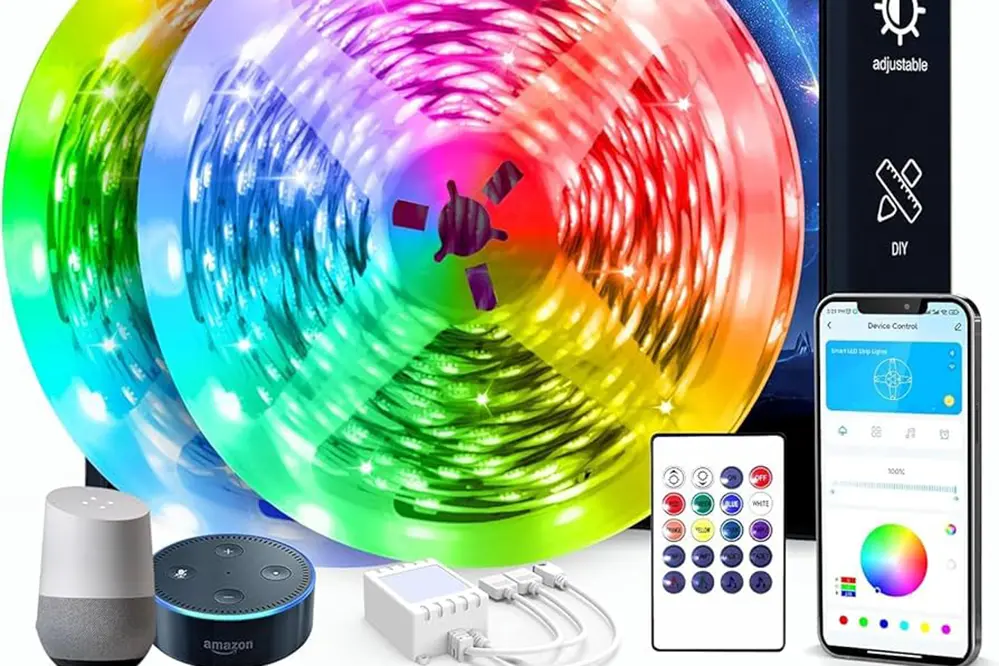Which is better, LED Strip or LED Bulb? This question often sparks debate among homeowners and designers alike. Many people struggle with the misconception that all LED lighting solutions are created equal, leading to less-than-optimal choices for their spaces. Understanding the unique benefits of LED strips and bulbs can revolutionize how you illuminate your home or office.
LED strips offer flexibility and creativity, allowing for dynamic lighting designs that can transform any room, with led strip lights adding a touch of modern elegance to your space. On the other hand, LED bulbs provide focused, efficient lighting that is ideal for task-oriented spaces. Each option has its distinct advantages, and choosing the right one can significantly enhance both the functionality and aesthetics of your environment.
In this article, we’ll explore the advantages of each option, delve into their applications, and guide you through the decision-making process. Ready to discover the perfect lighting solution for your needs? Let’s shed some light on the subject.
Understanding LED Technology
LED, or Light Emitting Diode, technology stands as a beacon of innovation in the illumination realm, offering a revolutionary lighting source that surpasses past options.
The marvel of LED technology lies in its efficiency and versatility, which have transformed lighting paradigms.
Intrinsically, LEDs cut energy consumption significantly, reduce heat emission, and enhance luminous efficacy, marking them (unmatched in reliability and environmental advantage) as superior.
These luminous wonders owe their efficiency to semiconductors that convert electricity into light, sidestepping the energy losses seen in traditional bulbs.
Additionally, LEDs boast an extraordinary lifespan, minimizing replacement frequency and contributing immensely to sustainability efforts, aligning perfectly with eco-conscious visions for a greener future.
Finally, the adaptability of LEDs extends beyond basic lighting; they’re crucial in creative applications. Pioneering designs and varied colors make LEDs an indispensable, cutting-edge lighting choice.
Benefits of LED Lighting
LEDs define the future.
In the dynamic landscape of modern lighting, LED technology emerges as a beacon of progress and sustainability. These innovative lights are distinguished by their remarkable ability to emit bright illumination with significantly reduced energy consumption. Moreover, advancements in LED design, including the use of LED lights, offer unparalleled versatility, allowing for creative applications tailored to diverse environments.
Their environmental benefits make LEDs ideal.
An exceptional feature of LEDs is their longevity – these lights often outlast traditional lighting solutions by up to a decade – reflecting unmatched durability and long-term cost savings.
By reducing their carbon footprint and extending operational life cycles, LEDs contribute to a sustainable energy ethos, echoing the United Nations agenda for a greener planet. This forward-thinking ethos aligns with global initiatives on lowering emissions and conserving resources, witnessing LEDs as a luminous roadmap to a sustainable future.
LED Bulbs: Overview
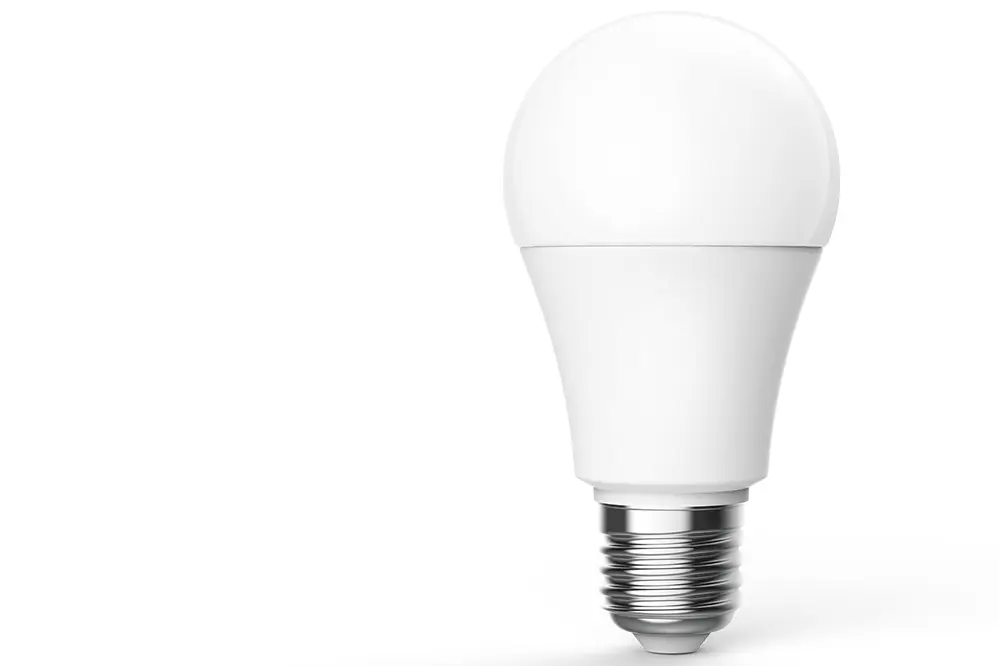
LED bulbs have revolutionized the lighting industry by offering unparalleled energy efficiency and durability, making them the go-to choice for modern lighting solutions. Their ability to provide bright illumination while consuming minimal power clearly sets them apart from conventional options.
Innovatively designed, these bulbs boast exceptional longevity, often surpassing 25,000 hours of operation. This remarkable lifespan not only reduces the frequency of replacements but also significantly lowers maintenance costs over time.
Beyond efficiency and durability, LED bulbs come in a diverse range of styles and color temperatures, empowering users to tailor their lighting experience to meet specific ambiance and functional needs. These versatile choices elevate the aesthetic quality of any environment, whether residential or commercial.
Moreover, environmentally conscious individuals will find solace in the fact that LED bulbs contribute substantially to sustainability efforts. By operating on less energy and containing no hazardous materials, they align with global green initiatives. Therefore, for those pondering “which is better, LED strip or LED bulb?” based on longevity and sustainability, LED bulbs deliver a compelling proposition.
LED Strips: Overview
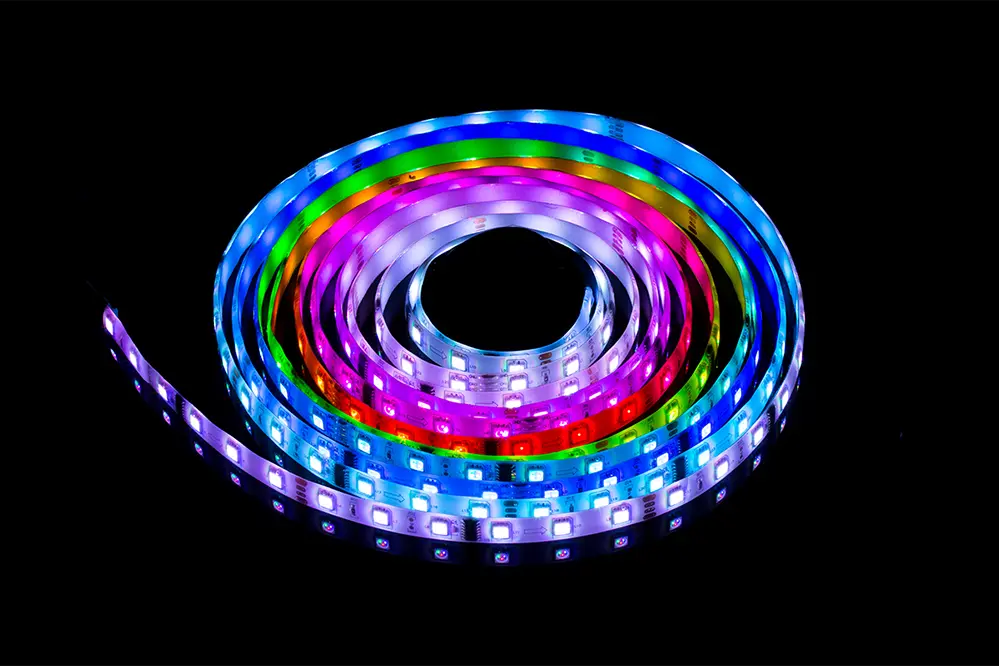
LED strips with LED lights illuminate spaces with flexibility, offering an innovative approach to lighting design. These versatile lighting options transform environments, providing a captivating and contemporary ambiance that enhances any setting.
Versatility is the hallmark of LED strip lights, with endless customization possibilities.
Strips are available in diverse lengths and brightness, catering to varied lighting preferences (accommodating specific lighting needs effectively).
Their adaptability allows for seamless integration into intricate architectural designs, illuminating hidden areas and accentuating architectural features.
Moreover, LED strips and LED lights boast energy efficiency, operating at lower voltages while producing vibrant illumination measured in lumens. This efficiency makes them a sustainable choice for eco-conscious consumers, meeting modern demands for energy conservation.
Ultimately, the decision on which is better, LED strip lights or LED bulb, hinges on lighting needs. LED strip lights offer unique benefits for those prioritizing aesthetic versatility and environmental sustainability.
Comparing Lighting Features
LED strips and bulbs each offer unique lighting features, making them suitable for various applications and personal preferences.
LED strips, with their diverse customization options, provide a mesmerizing blend of dynamic lighting effects and seamless color transitions, allowing users to create spectacular visual atmospheres. These features make strips an exceptional choice for creative spaces, accent lighting, and environments requiring mood adjustments, as they enable the crafting of personalized lighting experiences that elevate design aesthetics and functionality.
Conversely, LED bulbs are renowned for their straightforward brilliance and consistency in lighting. In spaces where stability, uniform illumination, and optimal color rendering are paramount, bulbs excel, providing reliable luminosity that brightens any area with minimal fuss and maximum impact.
In essence, the choice between LED strips and bulbs hinges on your unique lighting aspirations. Led strips are ideal for those pursuing innovation and artistic flair, offering flexible, decorative solutions. Meanwhile, LED bulbs suit those who prioritize clarity and endurance, providing solid, dependable illumination for practical applications. Choosing between these options ultimately depends on individual lighting goals and the specific ambiance you aim to achieve.
Which is Better: LED Strip or LED Bulb?
Choosing between LED strips and bulbs involves considering both the advantages and disadvantages of how each option serves your lighting goals and overall ambiance.
For those who relish flexibility and creative potential, LED strips present a compelling choice. These remarkable fixtures effortlessly accommodate curves and corners, allowing unique design implementations that infuse energy and personality into any space. Their versatility makes them an attractive option for those innovating spaces with character and a vibrant atmosphere.
Conversely, LED bulbs offer a more traditional approach but are far from mundane. They deliver consistent, focused illumination that is perfect for functional settings requiring steadfast lighting solutions. Their durability and efficiency make them an excellent choice for general illumination needs.
Ultimately, the decision lies in the purpose of your lighting environment. If your space demands creativity and customized brilliance, LED strips could be your go-to. However, if you’re seeking longevity and reliable performance, LED bulbs are the ideal match. Both options boast impressive energy efficiency, ensuring that whichever you choose, an eco-friendly and cost-effective outcome awaits.
Cost Comparison: Bulbs vs. Strips
When evaluating the cost, LED strips often pose a higher upfront investment compared to individual LED bulbs.
In recent years, incandescent bulbs were being rapidly replaced as LED bulbs and LED lights debuted as economical solutions, providing bright, efficient lighting at an affordable price point. Today, with further technological advancements, LED strips have become increasingly cost-competitive.
However, it’s not just about initial costs. Where bulbs excel is in delivering a longer lifespan, with some variants now boasting an impressive 25,000 hours of use, offering long-term savings.
Considering the nature of the lighting task, strips might save money when covering large, dynamic areas due to their flexibility and minimal installation hassles. Conversely, bulbs might suit straightforward, fixed lighting needs more economically.
In the quest for an optimal lighting solution, weighing initial and long-term cost aspects of bulbs and strips is key.
Energy Efficiency Analysis
Embracing energy-efficient lighting solutions is pivotal today, with both LED bulbs and strips offering remarkable options that promise a sustainable future.
LEDs owe their efficiency to the minimal energy consumption while still delivering exceptional illumination.
Generally, LED strips provide a broader light spread, reflecting more (lights-per-length ratio) than counterparts, enhancing energy savings.
This is useful when illuminating specific areas in creative and efficient light displays, reaching maximum coverage efficiently.
In contrast, LED bulbs consistently shine with lower energy expenses, thanks to meticulously designed structures that maximize light output and minimize waste.
Ultimately, the best choice depends on one’s needs for energy efficiency. Both mediums offer brilliant solutions in both energy consumption and lighting creativity balance.
Installation Differences
LED installations vary significantly between bulbs and strips. For LED bulbs, the process is typically straightforward, often involving a simple swap into existing light fixtures. This ease of replacement makes LED bulbs an attractive option for retrofitting traditional lighting setups, ensuring you can swiftly and efficiently transition to smarter lighting solutions without extensive modifications.
Installing LED strips, however, requires a bit more finesse.
Strips necessitate careful placement and potentially additional tools. They may need to be cut to size — or used as-is if their length aligns perfectly with the installation area — or might involve securing strips using adhesive backings.
However, don’t be daunted by these extra steps; they enable enhanced customization. This installation complexity pays dividends in terms of design flexibility, allowing you to creatively illuminate areas with vibrant, adaptable arrays.
Successfully installed LED systems can bring transformative effects to environments, offering a spectrum of lighting aesthetics. Therefore, whether you prioritize the simplicity and convenience of bulbs or the creative latitude of strips, both options possess distinct installation processes that can cater to your unique aesthetic and functional desires, leading to illuminating transformations in your space.
Best Applications for LED Bulbs
LED bulbs shine brightly across various settings, illuminating spaces with their exceptional energy efficiency and longevity.
In offices, for instance, LED bulbs foster a productively vibrant ambiance that enhances focus. Their brilliance makes them ideal for reading nooks or areas requiring concentrated light. They are superb for task lighting in kitchen environments, where crisp and clear illumination is crucial for both safety and effective meal preparation.
Furthermore, these bulbs are adept at providing general lighting in homes. In living rooms, their warm, inviting glow creates a welcoming atmosphere, making them perfect for shared spaces where family gatherings and social interactions take place.
Overall, LED bulbs serve as remarkable multitalented options for virtually any environment where quality lighting is paramount. With their ability to efficiently exceed conventional lighting performance while maintaining environmental integrity, LED bulbs continuously prove their worth in both personal and professional settings, inspiring confidence in enlightened modern living solutions.
Best Applications for LED Strips
LED strips and LED lights are the avant-garde choice for accent lighting, providing flexibility and creativity in room design. Their versatility extends beyond traditional lighting solutions, transforming spaces into artistic expressions.
These strips work wonders underneath cabinets, accentuating modern kitchens with ambient hues. You can also highlight architectural features gracefully.
Ideal for under-bed lighting or staircases, LED strips ensure a blend of safety and style. They deliver a personal touch in home theaters, bars, and lounges, fashioning an inviting, dynamic atmosphere.
Commercially, creative retailers exploit these lights to cultivate an engaging ambiance that draws customers into a uniquely branded experience. Whether showcasing products or crafting artistic displays, LED strips possess the adaptable flair to redefine spaces, encouraging both businesses and individual creativity. They are indeed “the artist’s palette” in contemporary lighting design.
Conclusion: Choosing the Right LED for Your Needs
The article delves into the common debate of which is better, LED strip or LED bulb, addressing misconceptions about LED lighting solutions. It emphasizes the importance of understanding the distinct benefits each option offers to make informed choices for illuminating spaces effectively.
LED strips are highlighted for their flexibility and creativity, allowing for dynamic and transformative lighting designs. In contrast, LED bulbs are praised for their focused and efficient lighting, ideal for task-oriented areas. Each option presents unique advantages that can significantly enhance the functionality and aesthetics of various environments.
As you consider the perfect lighting solution for your space, remember that choosing the right provider is just as crucial as selecting the right product. Unitop, one of China’s leading manufacturers of LED strip lights and LED neon flex, stands ready to illuminate your world with innovation and quality. With a commitment to excellence and a wealth of expertise in the LED industry, Unitop is your trusted partner for all your lighting needs. Should you have any questions or specific requirements, don’t hesitate to reach out to us. Let Unitop guide you to a brighter, more vibrant future.

